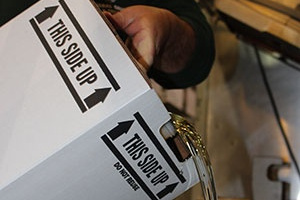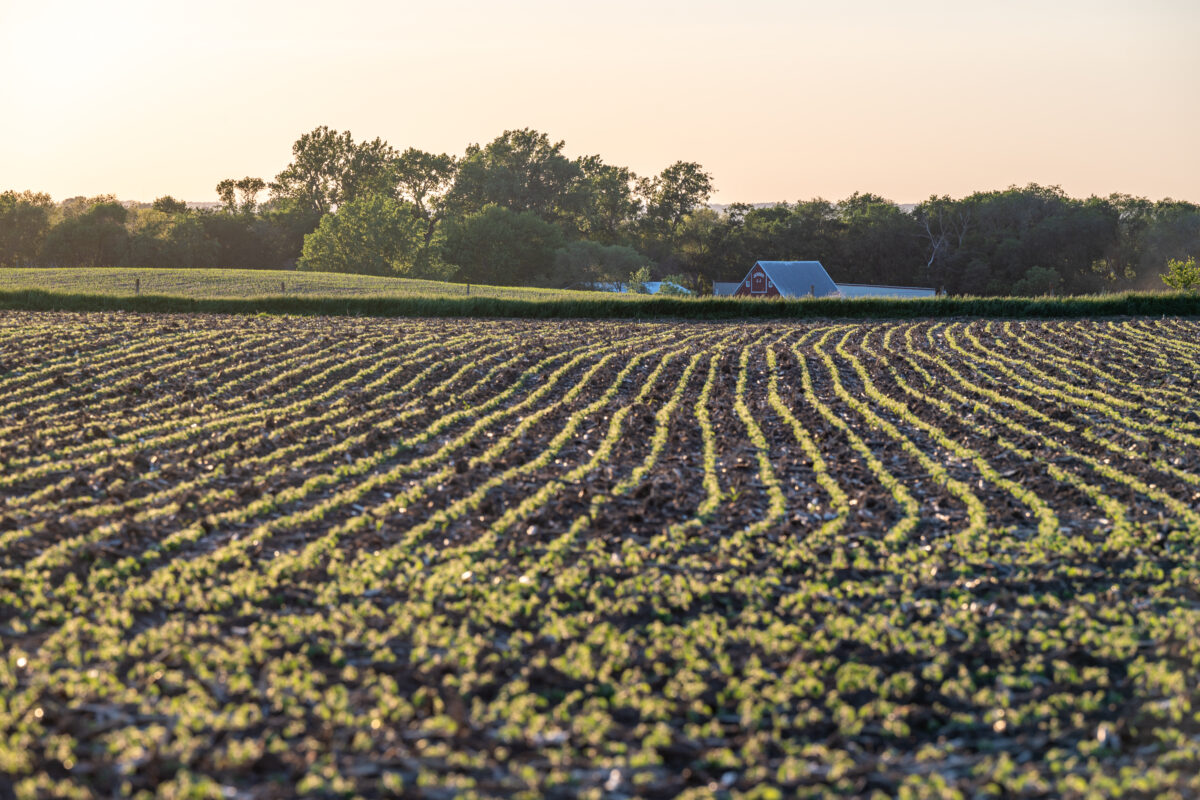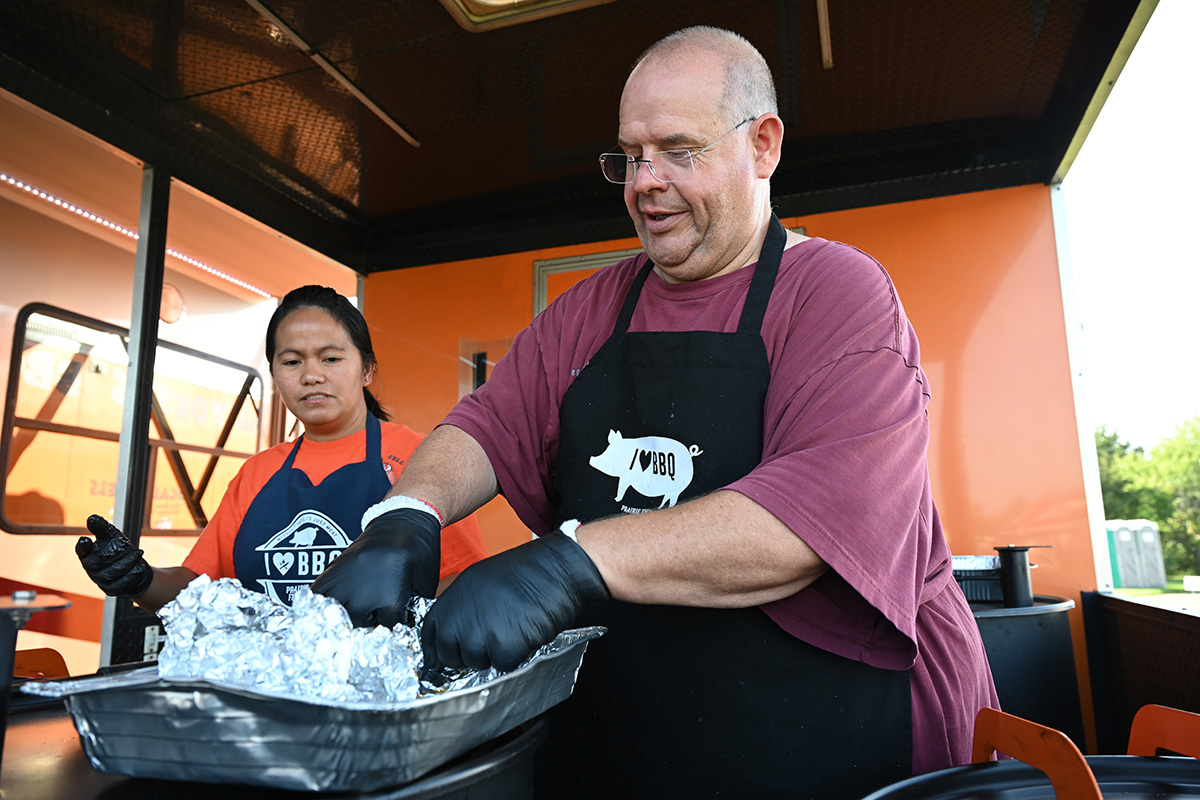Soy Fit for the Troops

binary comment
By: Steve Veile, Project Manager, Feeding America’s Military
The soy checkoff significantly invests in spreading the word about high oleic soybean oil to many different business sectors. The newest target: the armed forces.
With 1 million U.S. troops in 440 domestic military installations using canola oil, it was clear we needed to open the conversation encouraging a switch to high oleic soybean oil.
So, that’s exactly what we did. We’re currently in the process of engaging with military food decision makers. Until we introduced them to high oleic soybean oil, they were unfamiliar with this product. Our first step is to educate the different branches of the military about the benefits of oil made with U.S.-grown high oleic soybeans compared to oil made with canola, which is mainly grown in Canada. In these encounters, we promote the two main benefits of high oleic soybean oil.
- Nutrition profile. The military aims to provide those in combat with the nutrition, strength and endurance necessary to do their jobs. Low in saturated fat and high in monounsaturated fat, high oleic soybean oil is nutritionally comparable to olive oil.
- Functionality. High oleic soybean oil is highly functional and has a much longer shelf life than other oils. Because of its stability and its ability to withstand difficult conditions such as high heat, it is a prime candidate for use in dining facilities and in the production of rations.
This partnership also opens doors for U.S. soybean farmers. First and foremost, we’re working to reclaim a market that once belonged to the U.S. soy industry but was displaced by canola. It also moves larger volumes of soybeans and soybean oil — leading to an increased market for U.S. soy.
And really, at the core of it all is a sense of patriotism. Farmers have a deep loyalty for this country, and it would be a point of pride to know the soybeans they grow will be helping our troops protect the homeland.
We’re also lucky enough to have a farmer on board with this project, serving as a spokesman for fellow soybean farmers as we interact with the military. This project is very personal to Jim Domalgalski, a soy checkoff farmer-leader from Michigan. During Domalgalski’s six years in the Army, he served as a cook for fellow troops.
According to Domalgaski, “Good food keeps morale up, and good morale provides a boost for everyone.”
In addition to veteran Domalgalski, retired Major General Hank Stratman consultants on this project. Helping to focus on functionality and nutrition issues are Qualisoy consultant Frank Flider and Mark Messina, executive director of the Soy Nutrition Institute.
While this project is still in the very early stages, it has the potential to break into a significant market. The U.S. Army alone spends approximately $5 billion on contract services each year, including food service for the troops, according to the Mission and Installation Contracting Command Public Affairs office. Converting a portion of that budget to the purchase of high oleic soybean oil by the army, plus the addition of other branches of the U.S. military would positively impact U.S. soy markets, and ultimately, soybean farmers.
Beyond breaking into a new market, this partnership between the soy checkoff and the military brings U.S. soybean farmers confidence that their soy is going to a worthy cause — providing our warriors with healthy and safe food.
About the Author: Steve Veile is CEO of Communique, Inc., a firm that has provided strategic communications consulting services to USB for 25 years. He is the facilitator for the Soy Nutrition Institute, executive editor of “The Soy Connection” newsletter and project manager for Feeding America’s Military.



